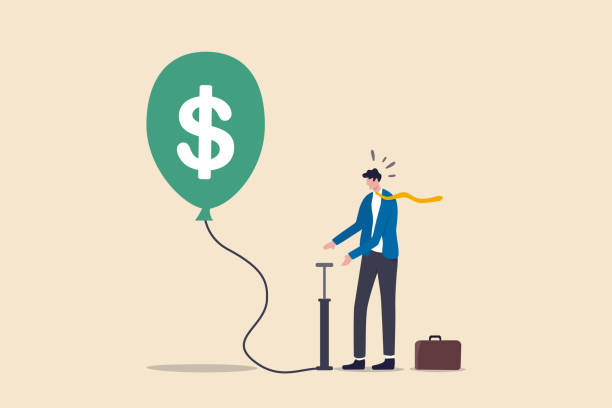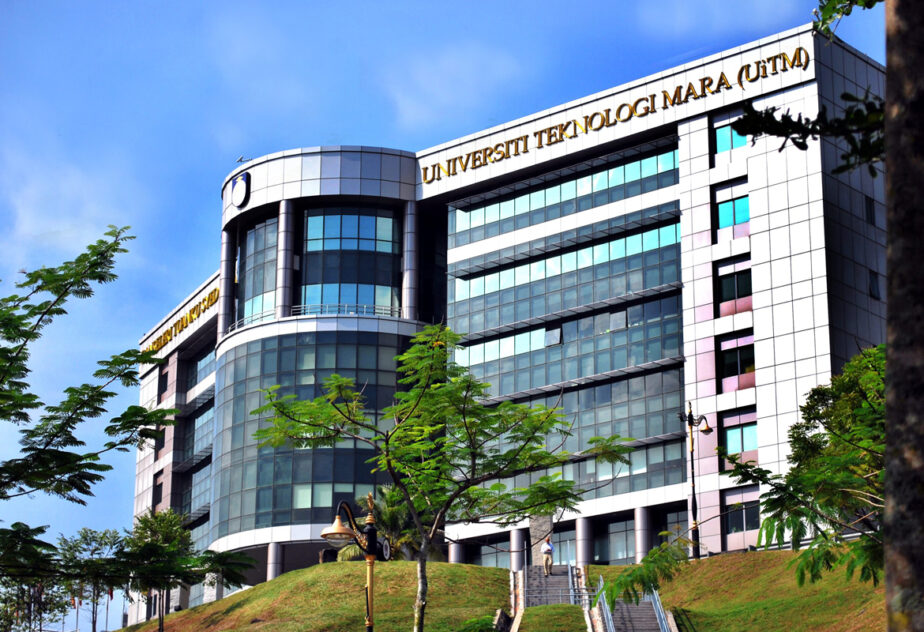INFLATION has surfaced across many global economies with some are higher in the US, euro area and India compared to others. There are signs that strong inflationary pressures would stay longer in the coming months.
“Inflation hawkish” central banks, especially the US Federal Reserve, has reaffirmed its resolve to get inflation down towards a healthy level by backing more interest rate increases even if it risks denting the US economy in the short-term.
Central banks in emerging economies, too, have raised their interest rate to fight against inflation.
Although Malaysia’s inflation rate of 2.3% in April 2022 is substantially lower than that of advanced economies, it is expected to go higher in the months ahead.
Food inflation was higher at 4.1% in April. Core consumer inflation focuses on the underlying and persistent trends in inflation, which excludes government’s administrative prices and the more volatile prices of products such as food and energy, has increased by 2.0% in April.
The percentage share of Consumer Price Index (CPI) items that have registered price increases on a month-on-month comparison has increased in recent quarters – from 40 in 1Q 2021 to 57 in 1Q 2022.
While Bank Negara Malaysia (BNM) has hiked its benchmark overnight policy rate by 25 basis points to 2% on May 11, it indicated that the removal of excessive monetary accommodation will be on a measured and gradual pace.
Throughout the past episodes of high inflation era, governments worldwide have labelled inflation as ‘public enemy number one’ due to its distortive impact on the economy, consumer economic welfare, wealth and financial well-being of households. Persistent high inflation erodes the real value of money as well as hurting consumer purchasing power.
Rising living cost
A mild and small inflation (less than 2%) is good to combat against price deflation which is most harmful for the economy.
Walking inflation (between 3%-10%) and galloping inflation (prices rise more than 10%) bring income destruction and are harmful to the economy as the value of money declines rapidly that households’ income and employee’ wages cannot keep up with prices while businesses cannot keep up with rising costs.
Inflation is the rate of increase in prices over a given period of time. Inflation is typically a broad measure of overall increase in prices or the increase in the cost of living.
In the early stages of inflation, consumers tend to buy more than they need now to avoid paying more later as forward inflation expectations set in in anticipation of the supply shortages relative to demand. Such irrational consumer demand will drive prices higher if the suppliers cannot keep up amid increased business costs and supply disruptions.
While the Governments’ administrative measures such as subsidies on essential items, price controls, exports curb and imports liberalisation help to contain high inflation in the short-term, these measures come with high opportunity cost and diversion of limited resources as in the case of subsidies.
If the cost-increased and supply constraints cannot catch up with strong demand, consumables will be priced out of the reach of most people.
In an inflationary environment, uneven pace of increasing prices of goods and services reduce the purchasing power of fixed wage earners and also the low-and middle-income households. As inflation erodes real income of households, there will be less disposable income for spending.
Savers and pensioners as well as retirees are feeling the pinch of inflation. Some of them live on interest income and pension income.
While many households have also built up savings in part because of the repeated cash payments and also the withdrawal of EPF (Employees Provident Fund) savings as in the case of Malaysia, they eventually could have exhausted those cash relief.

Coping with less
Pensioners, savers and retirees would strive to maintain their spending power amid increasing prices and cost-of-living crisis. They have to work harder to keep pace with inflation amid increases in interest rates (fixed deposit rate) that will increase their interest income.
Retirees, especially those with lower or fixed incomes, will be the hardest hit by rising prices as their reduced income have to pay for non-discretionary items such as food, transportation and healthcare expenses.
For wage earners, higher prices will eat away their pay cheques if wages do not rise fast enough to outpace inflation. But, if the workers have strong wage bargaining power to demand higher increases in wages to compensate for higher cost of living, the real value of their pay cheques will somewhat be better off in a high-inflation environment.
However, if the employers can longer absorb increased business costs (including labour cost), they would eventually pass-through increasing costs into consumer prices and inflation.
Rising prices of daily necessities without being matched by wage gains will be hard hitting on poor households.
For the household income of RM1,999 and below, they spend 28.9% of their budget on food; housing, water, electricity, and gas (31.5%); restaurants and hotels (10.5%); and transportation (7%).
The poor households not only pay more for lesser items but also have less disposable income to meet emergency needs. Middle-income households facing high inflation may spend less on discretionary expenditures and cut back on vacations or dining out. – May 26, 2022










